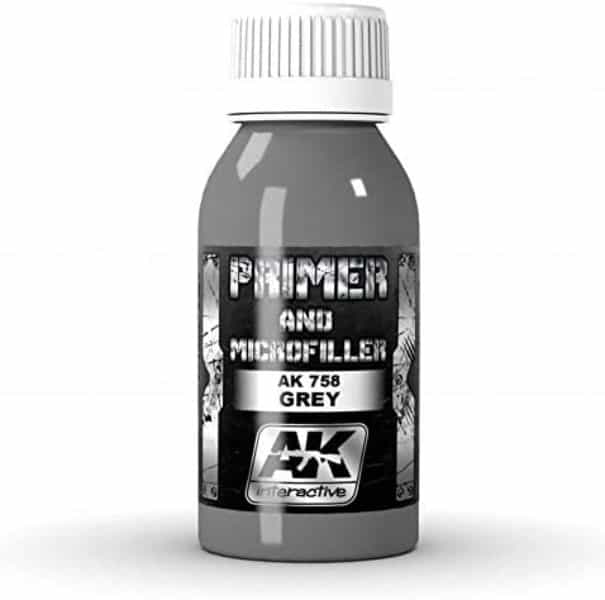Priming your models is an important step in the painting process. There are many different types of primers available, but brush-on primers offer more precision than other methods. However, they take longer to dry and can be difficult to work with on smaller areas or detailed surfaces. Here are some tips to using a brush-on primer for your scale models and miniatures.
In this article, I discuss the basics of brush-on priming for scale models and miniatures. I cover different materials that can be primed, and give some tips on how to achieve the best results.
What is a “Brush-on Primer”, and Why Would You Use it?
A brush-on primer is a layer of primer paint that is applied to the model with a brush. It can be used by hand (applied with a regular brush) or you could use it with an airbrush, and both methods will give good results.
The main advantage of using a brush-on primer for your models and miniatures is its precision and control. A spray can tend to cover large surface areas, which can impact the detail on some models. It’s very easy to get a nice even coat with a brush-on primer, but there are also some downsides that will be discussed later in this article.
Another thing you have to consider is what kind of material your model is made of. Most models are made from plastic, resin or metal. If you prime with an oil-based paint on your models that are made of resin or metal then the paint won’t stick very well. With water-based primers, this isn’t a problem though. You can use either where it’s needed the most.
Top 3 Popular Brush-on Primers for Miniatures
What is a “Brush on Primer” Made of?
Brush on primers come in all types of formulations. For painting miniatures, there is only one kind, however, that you need to focus on. These are the formulas that use water-soluble solvents to suspend the primer resin or “liquid plastic”, e.g., polyurethane is commonly found in most hobby primers.
What makes brush-able surface primers special for hobby miniature painting is that they are generally safe and easy to use. They don’t have harsh smells, or hazardous fumes, and are easily mixed with water to reduce viscosity.
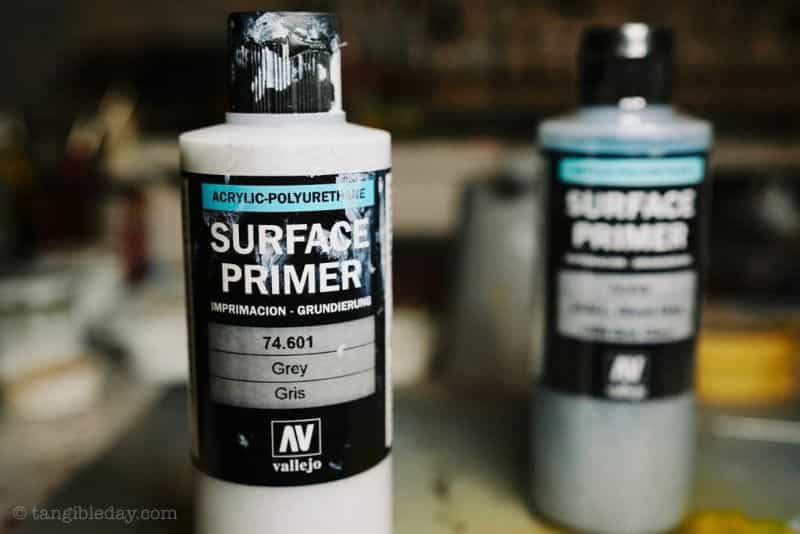
Vallejo Surface Primer is my favorite primer for almost all of my miniature painting projects. It has a high-bonding agent that results in a smooth and even finish. It’s very versatile and can be used on almost any surface, such as resin, metal or plastic (with some caveats).
To summarize, brush-on primers for miniature painting and scale models are water-based formulations that use polyurethane or similar flexible plastic material that adheres to a variety of surfaces when dry.
Different Surface Materials Require Different Types of Primers
There are many different primers that can be used, and it’s important to use the right one for your models. The wrong primer won’t stick well to the model, which will result in a bad finish. I tend to stick with Vallejo Surface Primer when it comes to using primers because they have a wide variety of colors available, and they are versatile for all kinds of scale model priming projects, e.g., plastic, metal, and resin.
How to Use a Brush on Primer
The first thing you need to do is choose a brush that’s good for the job. A cheap one will work, but a better quality brush will have more bristles meaning it’ll hold more primer or paint which makes your job easier! I usually use Citadel brushes from Games Workshop or good quality cosmetic brushes. They are quite inexpensive and versatile so i can use them for different priming tasks.
For paint on primers, you’ll want a brush that holds a good amount of primer without dripping. This will help you apply the primer efficiently and evenly.
To prime with a surface primer, using a brush, this is what you do: First, dispense some of your primer into a shallow dry palette, such as the inside of a spray can cap, plastic palette, or other a dipping sauce dish. Second, dip the brush into the primer to load the bristles, and wipe off any excess on a paper towel.
You want to make sure that your model won’t get too much primer on it all at once, or it will make painting harder later on! Finally, paint the primer onto your model as you would regular paint. Check out some brush-on priming tips below for how to make sure your primer layers stay flat and smooth.
How to Prime Large Versus Small Model with a Brush
If your models are big, e.g., Warhammer 40k tank or military vehicle, I would recommend applying your primer on small sections at a time. Allow each section to dry before applying additional layers. Keep moving around the model until you’ve coated every surface, evenly.
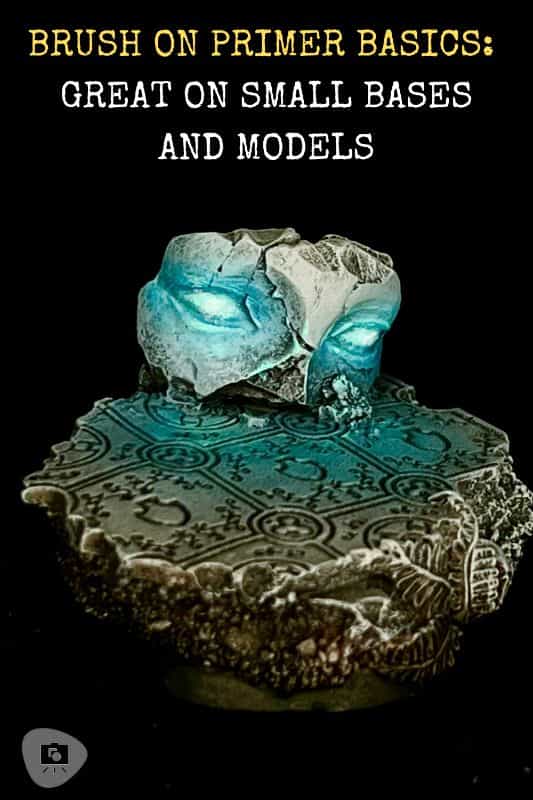
If the primer on the brush gets dry, or sticky, you can just dip the tip of your brush into some water to re-wet it. Make sure you allow a layer of primer to dry completely before touching it with your brush again. You’ll know when you need to stop messing around with your primer application when a thin “film” or “skin” forms over your primer coat.
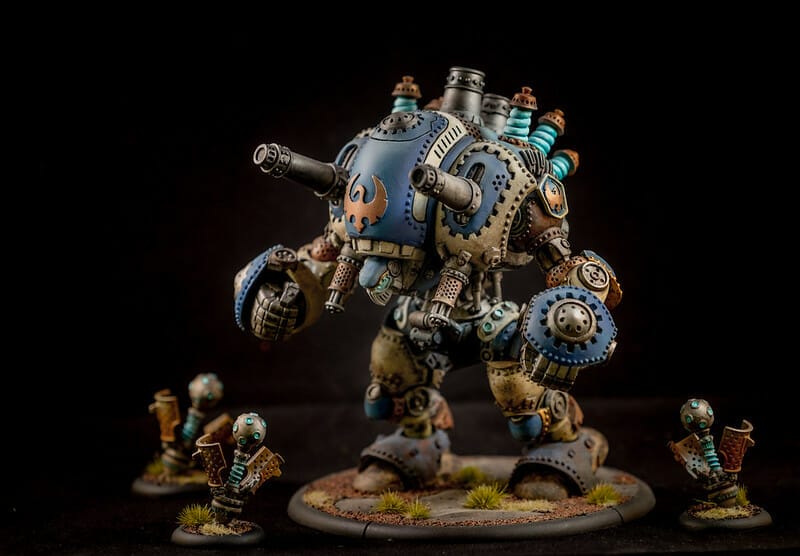
For small models, such as space marines or RPG minis, you can work quickly to coat the entire model with a layer of primer. For these smaller pieces, you can probably get away with a single coat of surface primer applied with a paintbrush.
Overlying acrylic paints will stick well to smaller models already, so you don’t need to create the undercoat as thick as you would with larger miniatures. Hint: Thicker layers of primer will obscure fine details and textures on a model. Use brush on primers sparingly for best results in your paint job.
When Should You Use Brush on Primer?
One of the main reasons for using a brush-on primer is that it’s more precise than spray primers. The latter will cover a larger area, while a brush-on primer covers only what it touches. That means brush on primers are perfect for hard to reach spots where you need more control.
For example, if your models have a lot of small surface details such as rivets and engravings that will be difficult to cover with a spray primer then the brush-on type is ideal for these parts. You can carefully paint on each individual part and get good coverage.
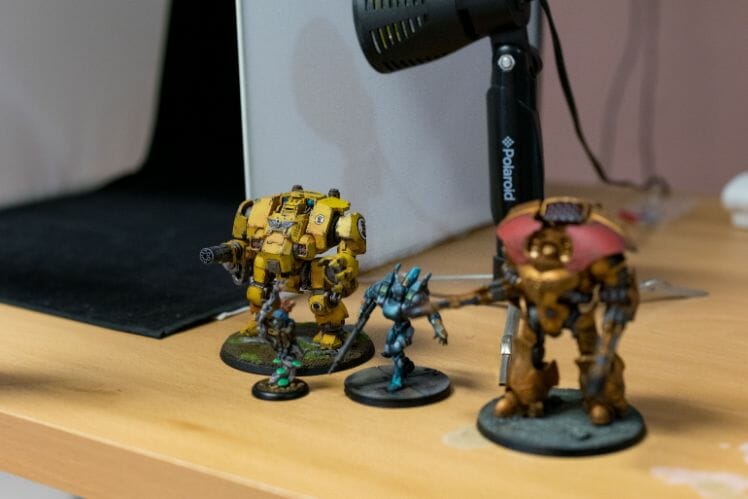
The other reason for using a brush on primer is that it creates a surface that will better adhere paint. If you’re going to be painting some tiny detail or need a strong bond between the primer and base coat then this is a good choice, especially if your model has a large number of hard-to-prime areas.
However, if you’re working on a large scale project that has less surface detail, then using a spray primer may be okay, since your primary task will be to coat the model as efficiently as possible. In this case, speed is more important than precision and you can rely on spray primers to cover everything evenly in one go.
What are the Benefits of Brush Priming?
The main advantage with brush on primers is that you get an even coat of primer over your model (if you’re careful with your paint brush application). After applying a primer, model paints stick to the surface better and you won’t have clumpy bits in odd areas.
If you’re using a spray can it’s difficult to avoid getting some on areas where you don’t want it. Worse, when you’re spraying a primer, it gets everywhere and you end up wasting it. For those using a spray booth, you may end up with excess primer accumulating on your filter, which will eventually clog up and need replacement.
Ultimately, using a brush on primer can save you money (with some exceptions with airbrush-ready primers) because you’re not making a mess or wasting primer that goes where you don’t need it.
What are the Downsides of Brush Priming?
The main catch with brush-on types of primer is that they take longer than spray primers to dry (even when using thin coats). You have to wait a while before you can carefully start laying your base coat over the top. A hair dryer may help speed up primer drying speed, but you’ll still want to layer up slowly with thin coats of primer for best results.
If you’re painting a large-scale project then this is going to add up and slow down your productivity. In that case, spray primers might be a better choice because they dry quickly which means you can apply more coats of paint and get a reliable result in less time.
11 Useful Tips for Brushing Primer on Your Miniatures and Models
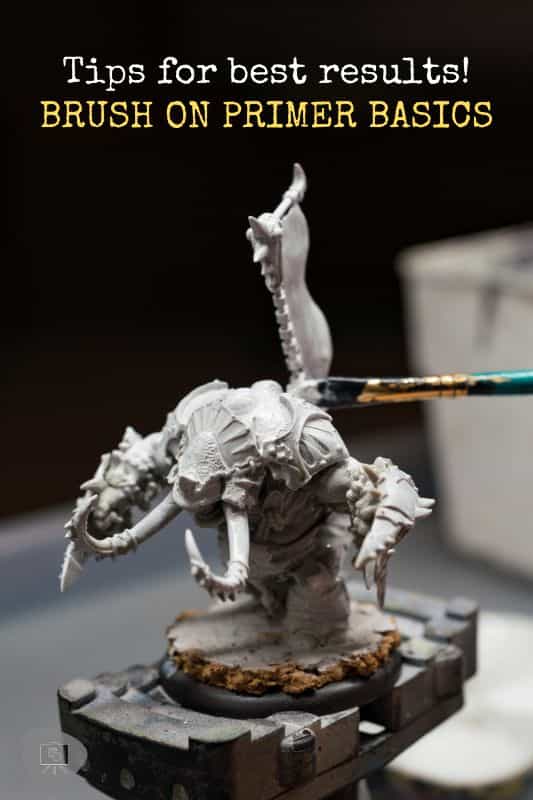
1. Use a light hand
Don’t use heavy brush pressure when brushing on primer. You may accidentally create bubbles in your primer coat that end up drying brittle and cracking. For a smooth, even coat of primer, only apply enough brush-pressure to deposit a thin layer of primer. If primer does not flow off your brush, you may need to thin it with a bit of water.
2. Take your time and allow the primer to be dry before applying more layers
The best method for brushing on primer is to keep your coats thin. The thinner you primer coat, the smoother the end result when it all dries. Applying thin layers of primer also preserves surface details on your miniatures.
3. Try not to beat any air bubbles into the primer
I always recommend that new painters take their time when using a brush on primer. It does take a bit of skill to properly brush on a primer, because it is a slower process than simply painting a color. Primer tends to be thicker and stickier than regular acrylic paint and easily forms air bubbles. This means you should always keep your brush strokes consistent and light (see #1 about using a light hand).
4. Keep an eye out for pooled primer
When I’m priming a model with a paint brush, I’m very careful to avoid allowing any of it to pool. Not only does the build-up of primer in recesses obscure fine details, it also takes longer to dry. And, when pools of primer dries, it may wrinkle and warp which creates unsightly bumps in your model. Finally, if you let primer pool, it’ll make your overlying paint job harder and less predictable; paint tends to crack when underlying surfaces don’t harden properly (i.e., too thick, pooled layers of dried primer is soft and pliable).
5. Apply primer in one direction instead of back and forth
Use proper brushwork when you’re applying a brush-on primer. By priming with brushstrokes in a single direction, you are reducing brushstrokes appearing in the primer layer. It also reduces the risk of forming bubbles that can disrupt the overall integrity of the primer coat.
6. Use a brush appropriate for the job
In general, a soft bristled brush will do a better job than a stiff bristled paint brush. A stiff brush will make it more difficult to apply a brush-on primer without bubbles. With a soft bristled paint brush, you’ll have a smoother coat of primer on your model. It will also feel better to use when you’re applying primer, which has a thicker consistency than normal model paint.
7. Brush on surface primers are forgiving because you can remove it with water and cotton swabs, for example, before they form a “film”
If you’re not happy with how your first coat of primer looks, you can wipe it off with a clean brush damped with water; or use a moistened paper towel or cotton swab. Of course, if the primer has started to dry, forming a thin “skin” over the primer coat, I would recommend that you wait before making any changes to your primer layer.
8. Consider the tone of the color you are using as a primer
Sometimes the color of your primer can help you see where you’re painting color. For example, use an off-white/light color for better visibility when base coating a darker color tone, e.g., use white primer under a green paint color. As you paint your first layers of color, you’ll know when you need to apply more layers if you can still see the primer underneath. A good base coat of paint color won’t look streaky.
Strategically choosing the right primer color can be a psychological trick to help you paint with more vibrant, high contrast colors. Using a black primer, for example, will show you where to put bright colors, and where you should protect shadows within the model’s recesses.
9. If your model is very small, you can use a brush-on primer for better efficiency
I always default to using a brush on primer application when the model is small. A good example is when I’m painting miniatures for a roleplaying game (RPG), like DnD. The miniatures are small and easy to coat with a surface primer and regular brush. Spray primers tend to be overkill and end up taking more time when your models are small, or if you only have a few minis to undercoat with primer.
10. Use a tiny bit of water if your brush-on primer starts to dry during application
It’s okay to thin a hobby-model surface primer with water. Just make sure you don’t add too much water as you may end up with a runny primer that doesn’t stick to your model.
11. Always prime at least one layer before painting, even if your model is already the color you want, e.g., black, blue, whatever
Primer is always useful because it helps overlying paint stick better and keeps your paint job more durable in the long run.
Frequently Asked Questions (FAQ)
- What are the downsides of using a brush primer?
The main catch with brush-on types is that they take longer than spray primers to dry (even when using thin coats). You have to wait a while before you can carefully start laying your base coat over the top.
If you’re painting a large-scale project then this is going to add up and slow down your work rate. In that case, spray primers might be a better choice because they dry quickly which means you can apply more coats of paint and get a better result in less time.
- How do I apply primer to my model or miniature?
Lightly brush the primer onto the model. Use slow strokes to cover all parts of the miniature evenly. Allow time for the primer to dry before applying more layers, usually 15-20 minutes depending on your coats and thickness. You might need to apply thin coats if you want a smoother finish than you would get with one heavier layer of paint.
And that’s it! Brush-on primers are very easy to use for all kinds of tabletop games. If you have tips or suggestions on how to use these products, please leave a comment below so I can update this article with your advice.
- What should I consider when choosing a primer color?
Consider the tone of your color. For example, if the main color of the model is green then you might want to use a greenish-primer so that your final paint job will be more vibrant than if you used an off-white or light primer.
No matter what tone you use, I recommend trying to stick with a primer color that is “intermediate” between the basecoat and the final paintjob so that there will be less need for multiple coats of paint.
- How do I know which brush should I use?
It really depends on how big your models are. Smaller models can be primed with a brush while larger ones might need a spray primer to avoid wasting too much time or having difficulty reaching some parts of the model undercoated with primer.
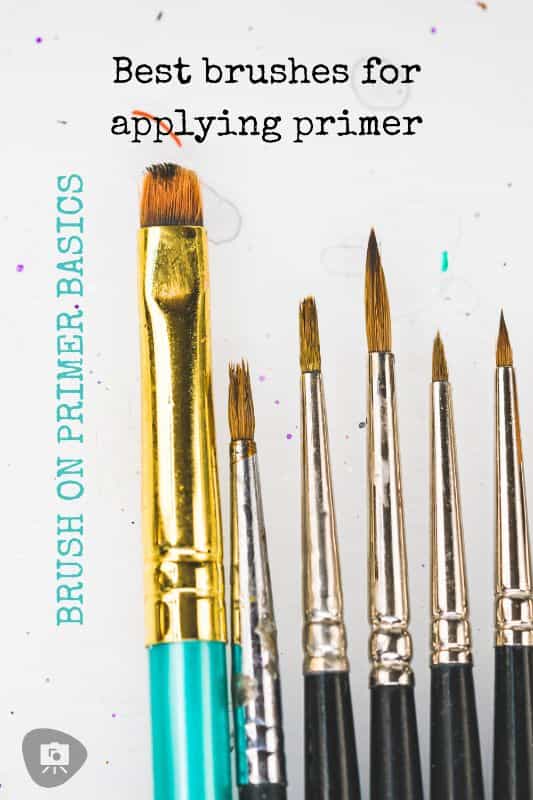
- How do I thin my brush on primer?
Most model and miniature brush-on primers are water-based (or water soluble) formulas. So for almost all surface primers sold from hobby companies, e.g., Vallejo, Badger, AK-interactive, I recommend thinning the primer with just a tiny bit of water, as little as you can get away with. You need to see some primer coming through the paint brush but if it’s too thick then your coats will blob and bubble and probably not be very smooth.
- How do I fix bubbles caused by brush on primers?
General suggestions to avoid or fix bubbles that form with using a brush on primer:
- make sure all of your equipment is clean before priming (even the very first layer)
- try thinning out the primer with more water
- apply several coats of primer instead of just one heavy coat
- avoid applying too many layers of primer, i.e., use as few coats as possible
Conclusion
Priming your models and miniatures is essential for a great paintjob. In this article, we’ve gone over the basics of brush-on primer – how to apply it, what to consider when choosing a color, and some tips for getting the best results. We’ve also answered some FAQs about primers.
Always remember that primers are essential for good paint adherence and durability. For best results, apply a good surface layer of primer to your miniatures, and you’ll be ready to paint with confidence!
Keep at it, and happy miniature painting!


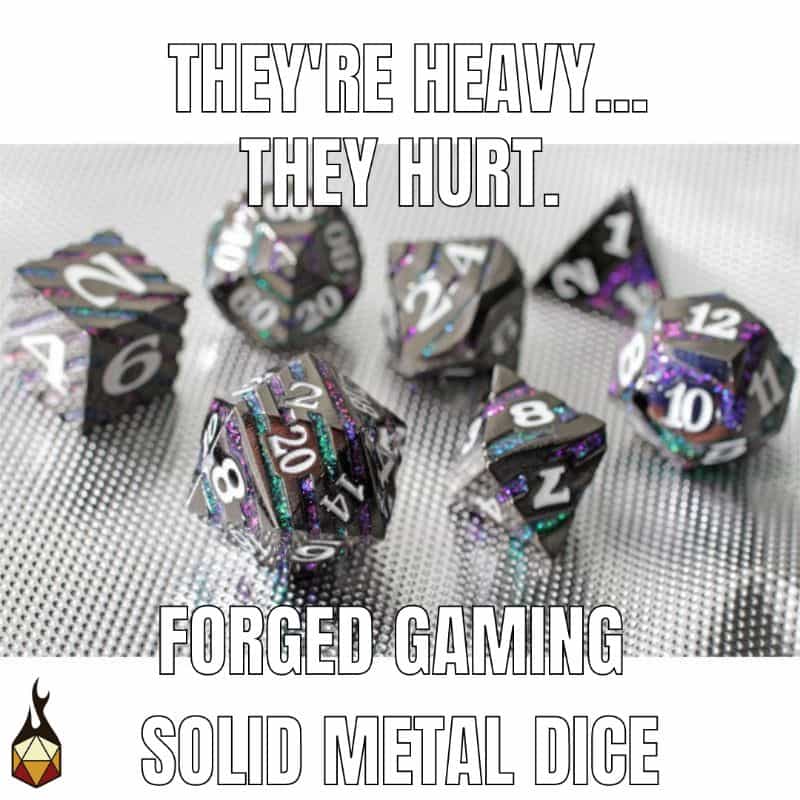

Tangible Day on YouTube (Miniatures and More!)




